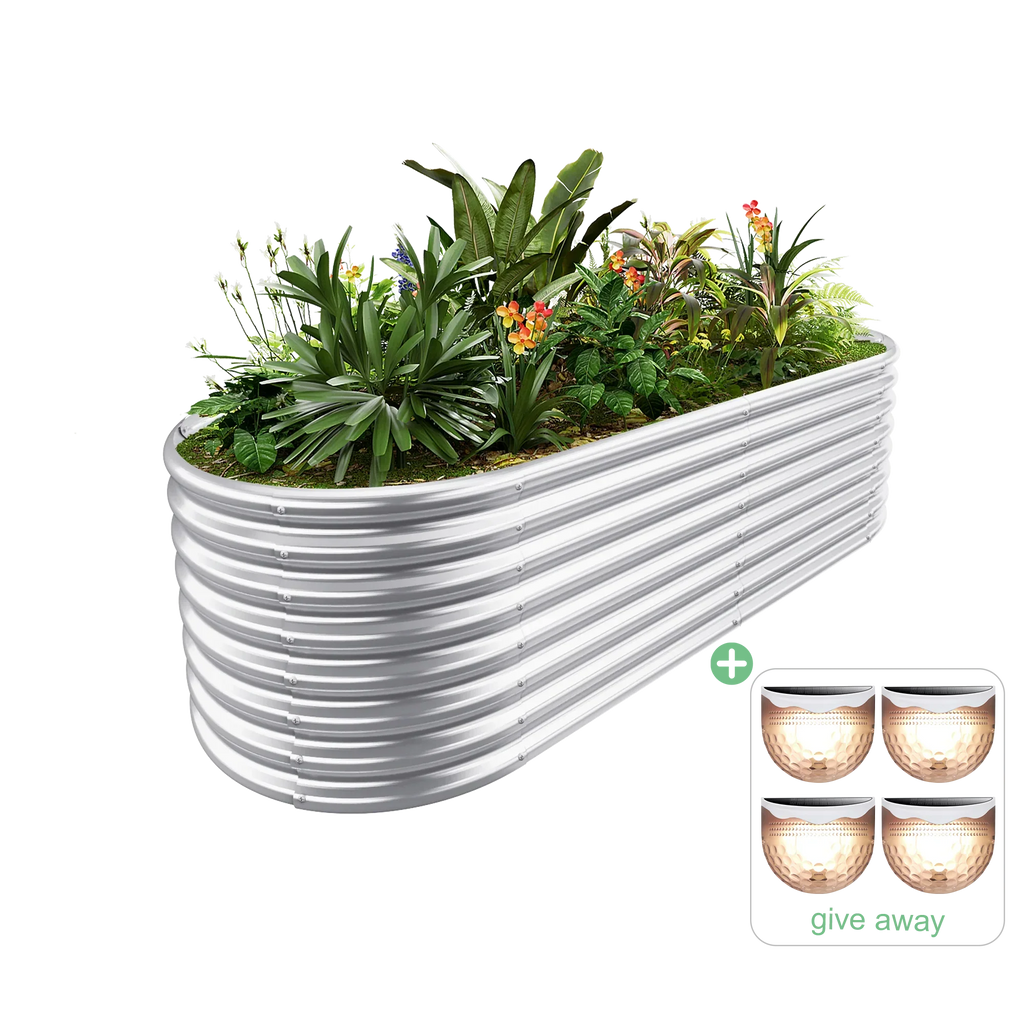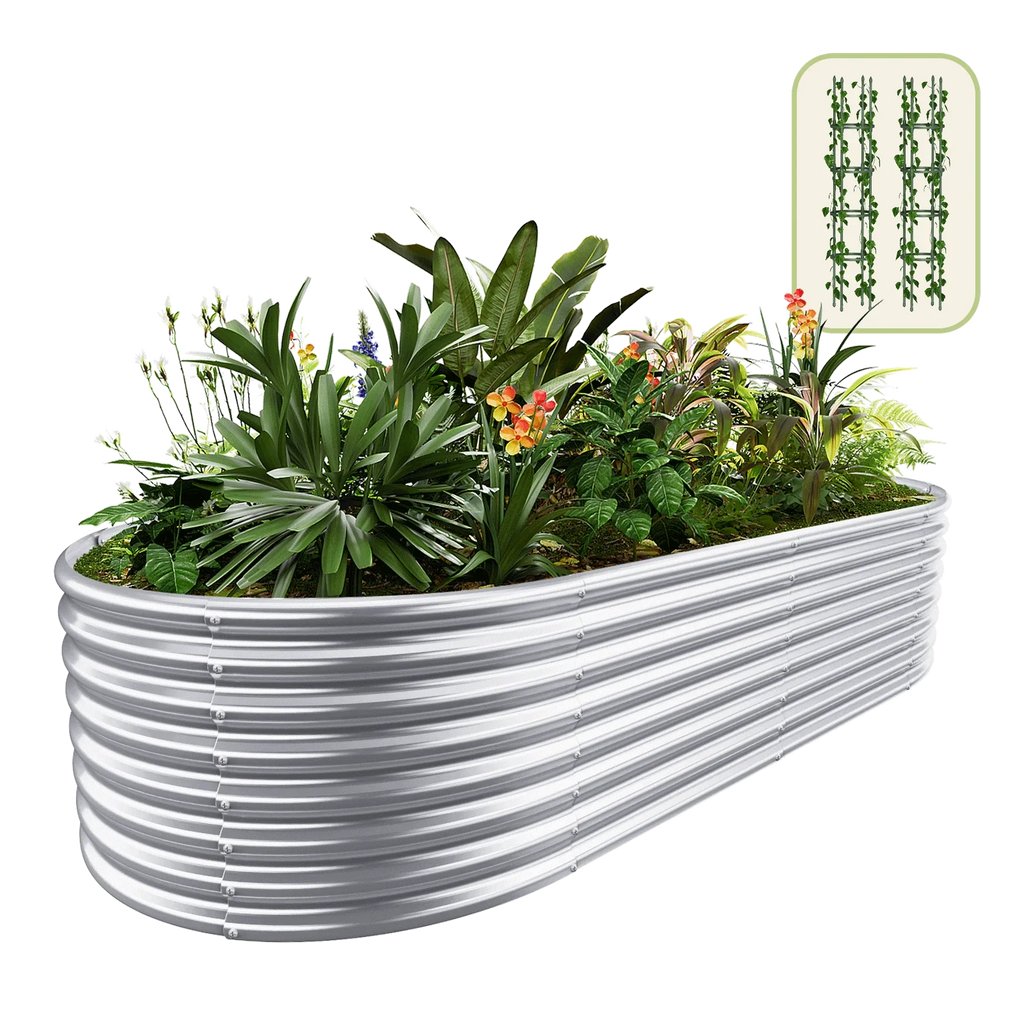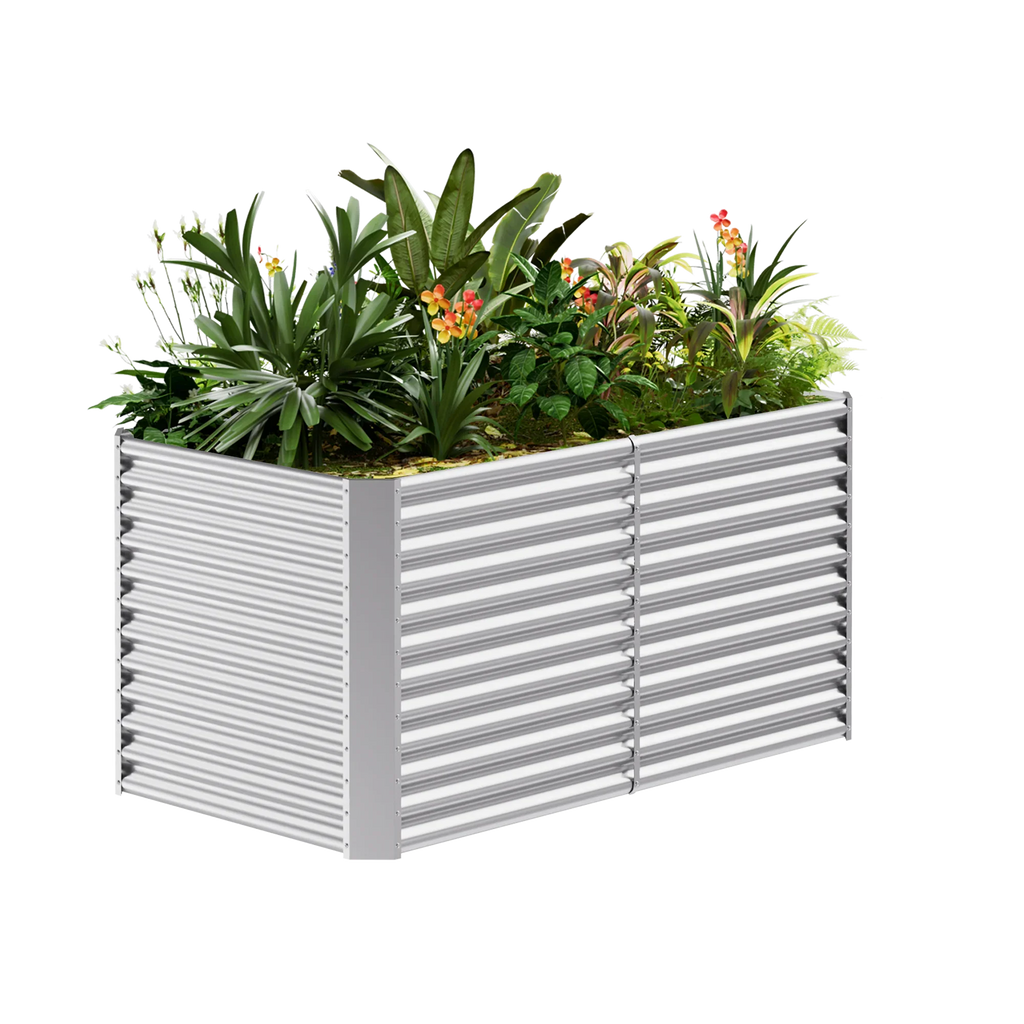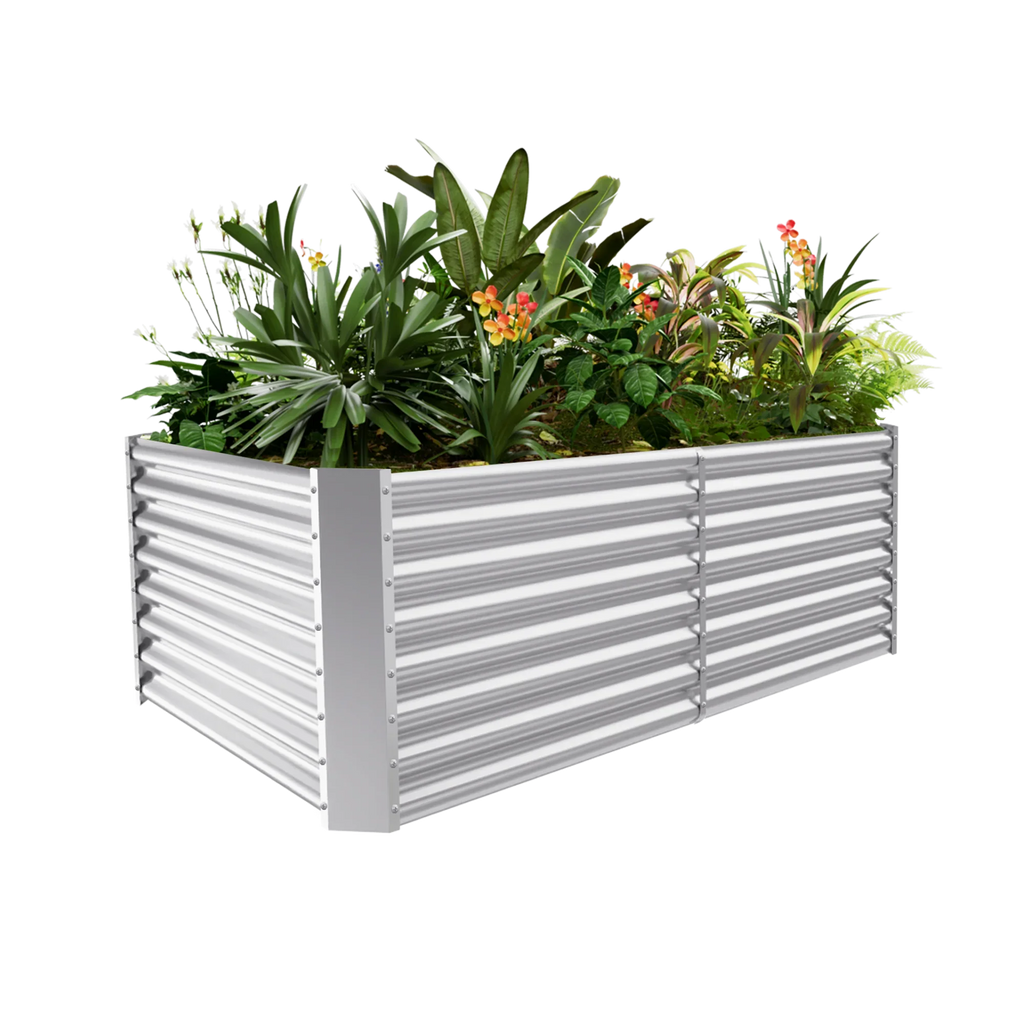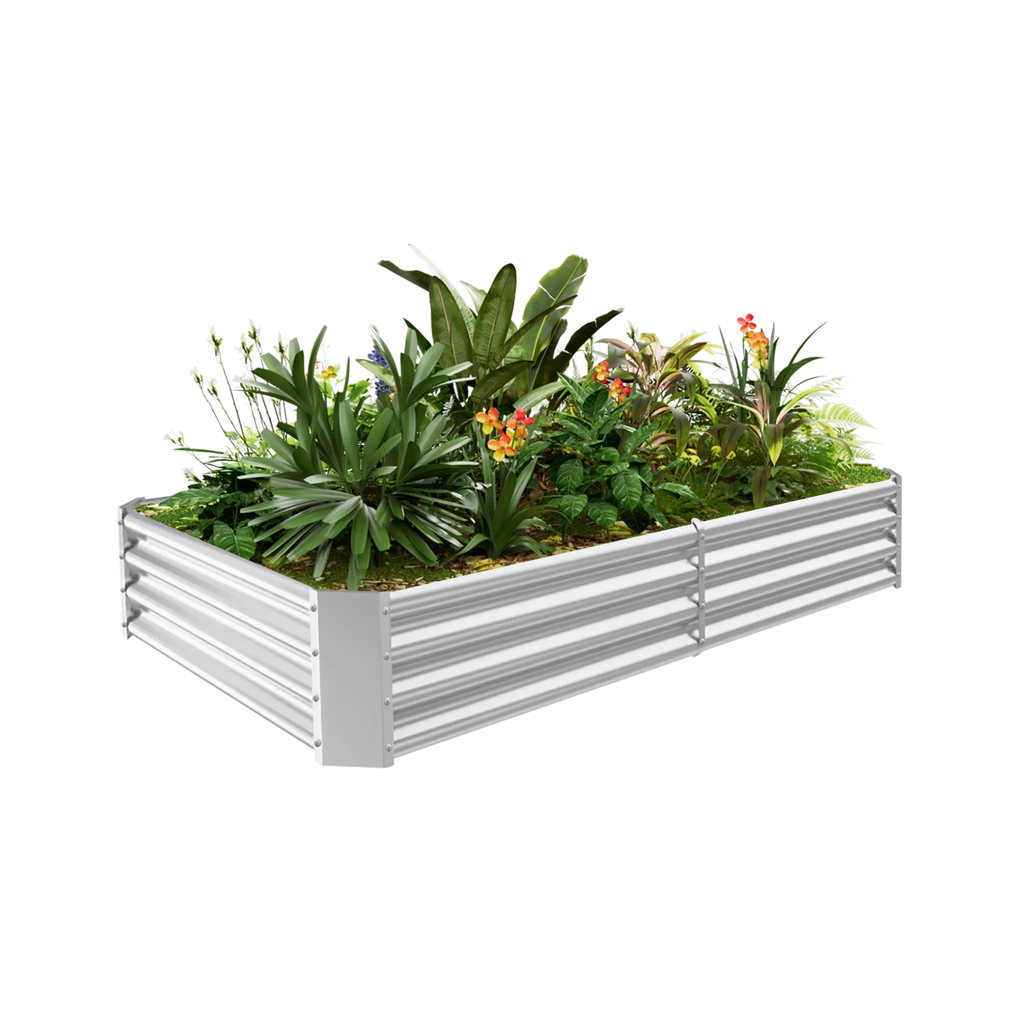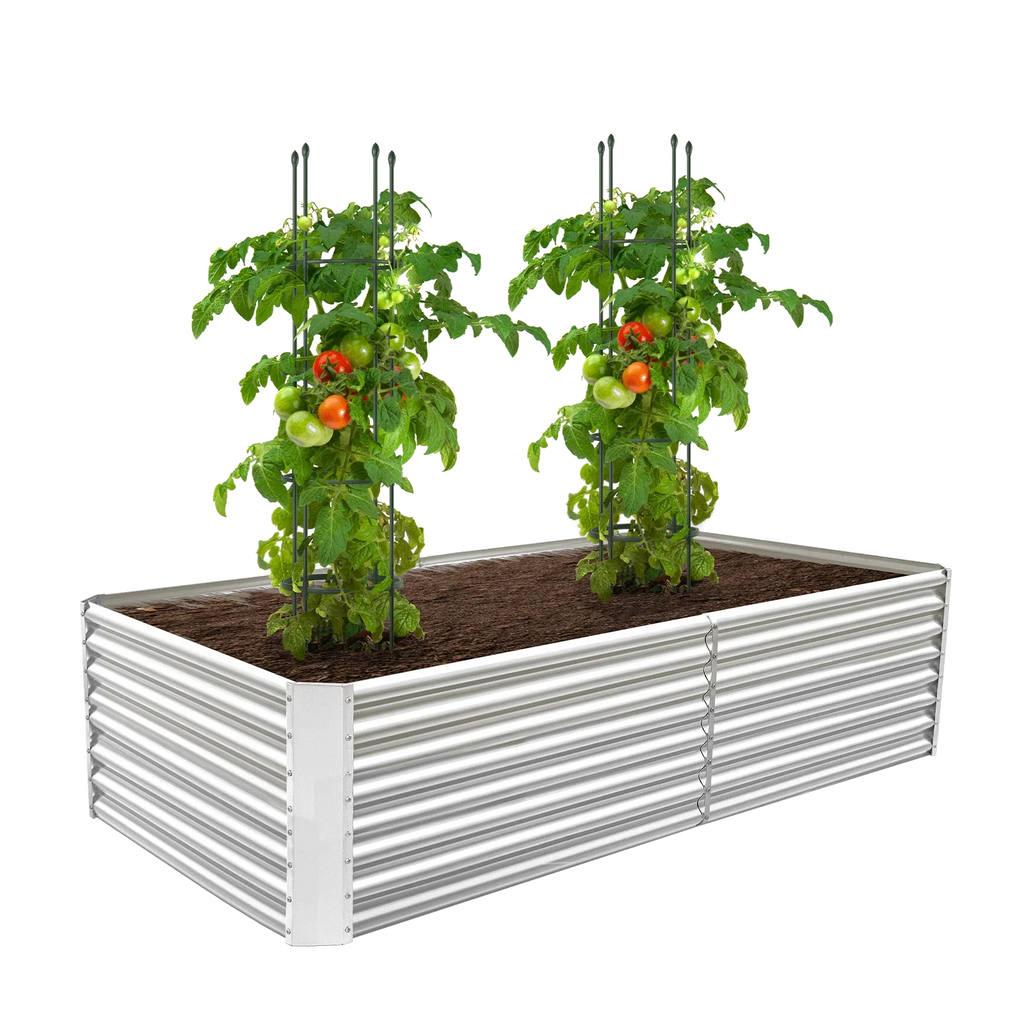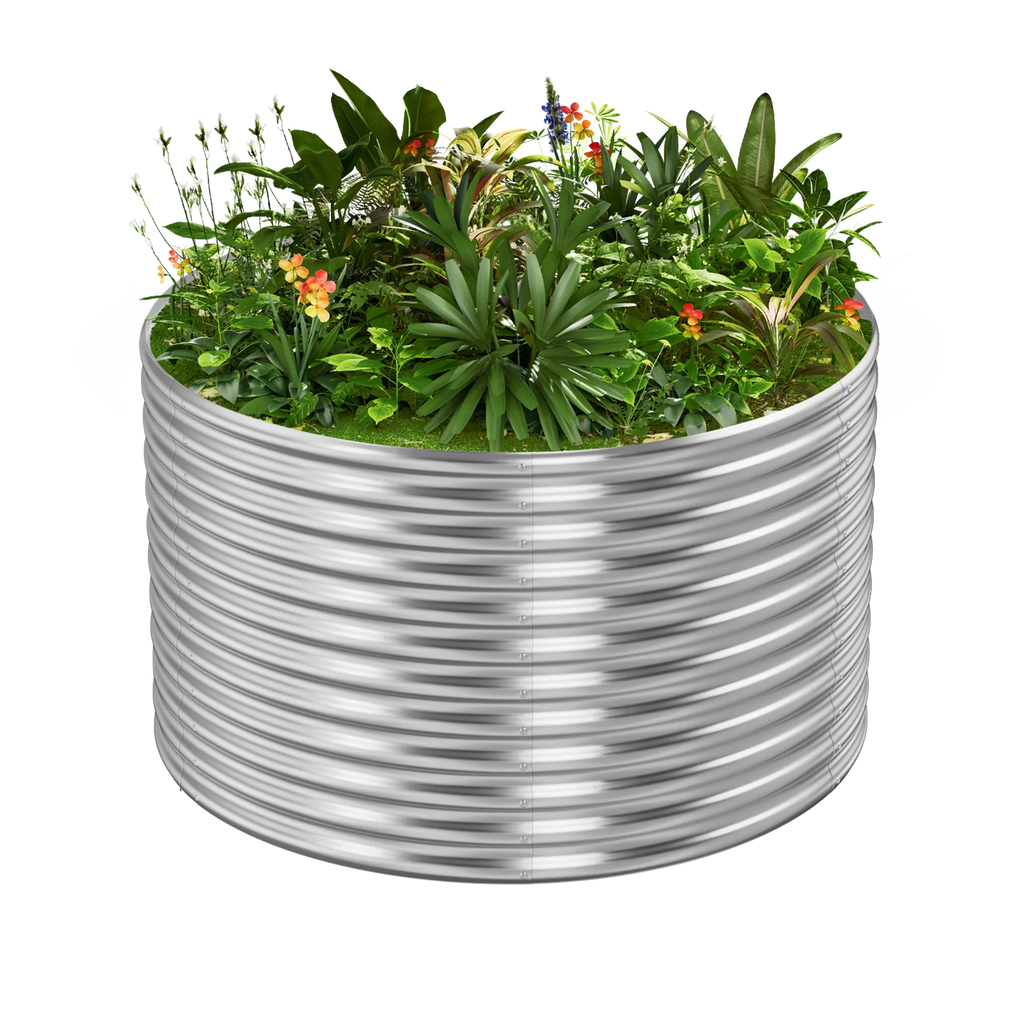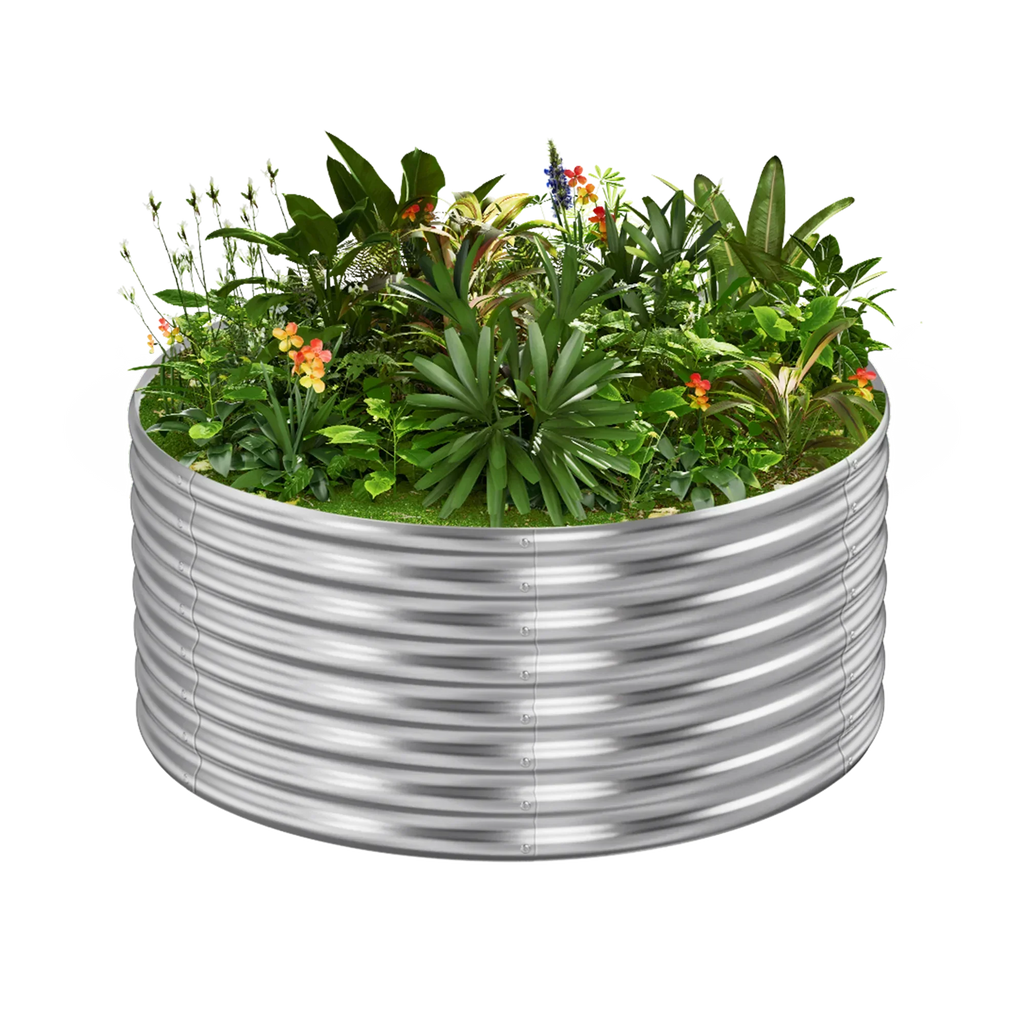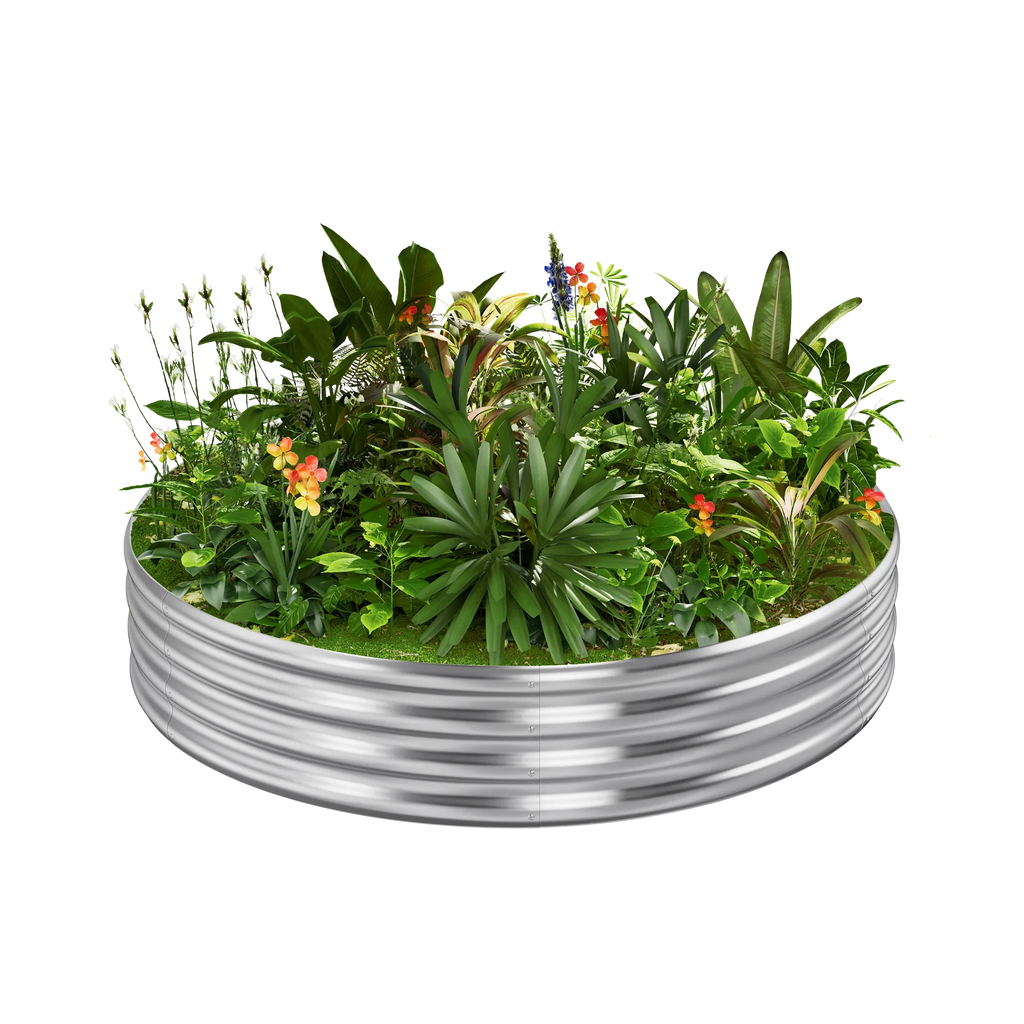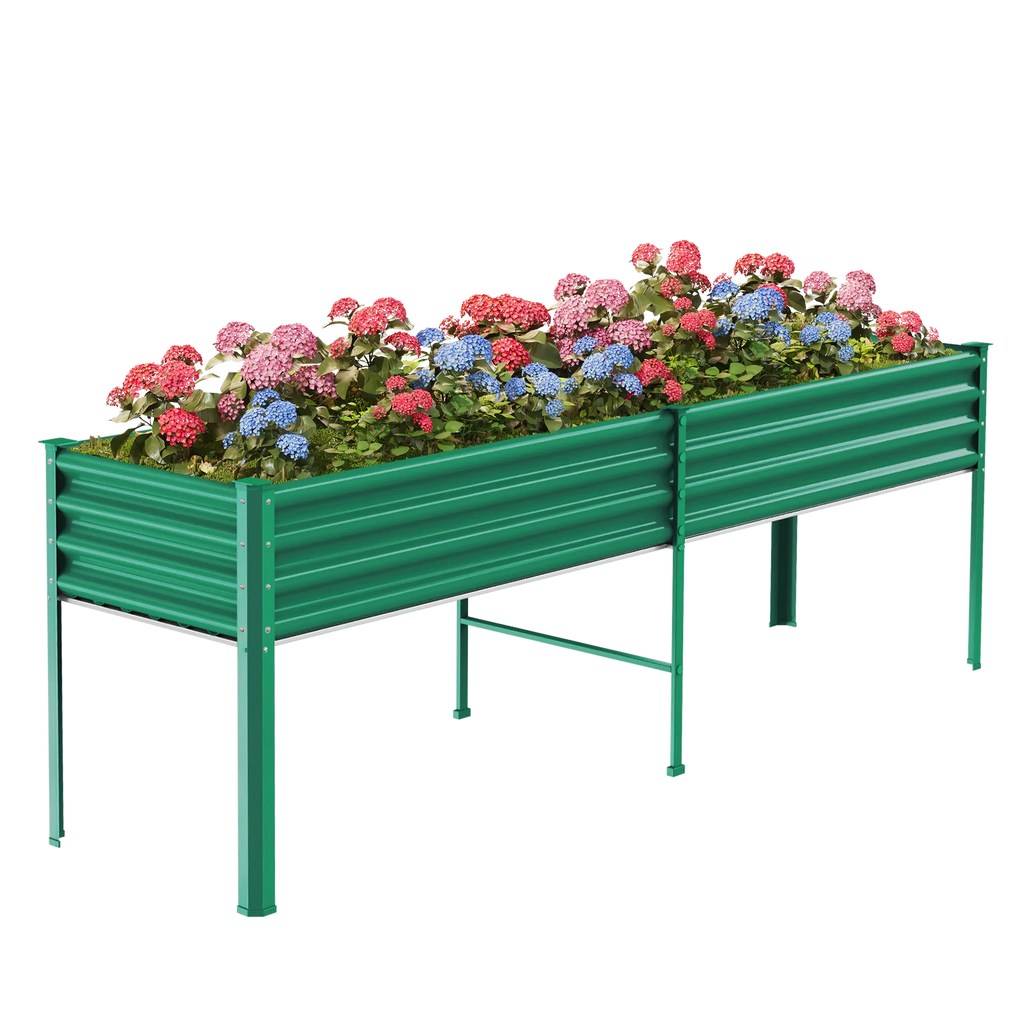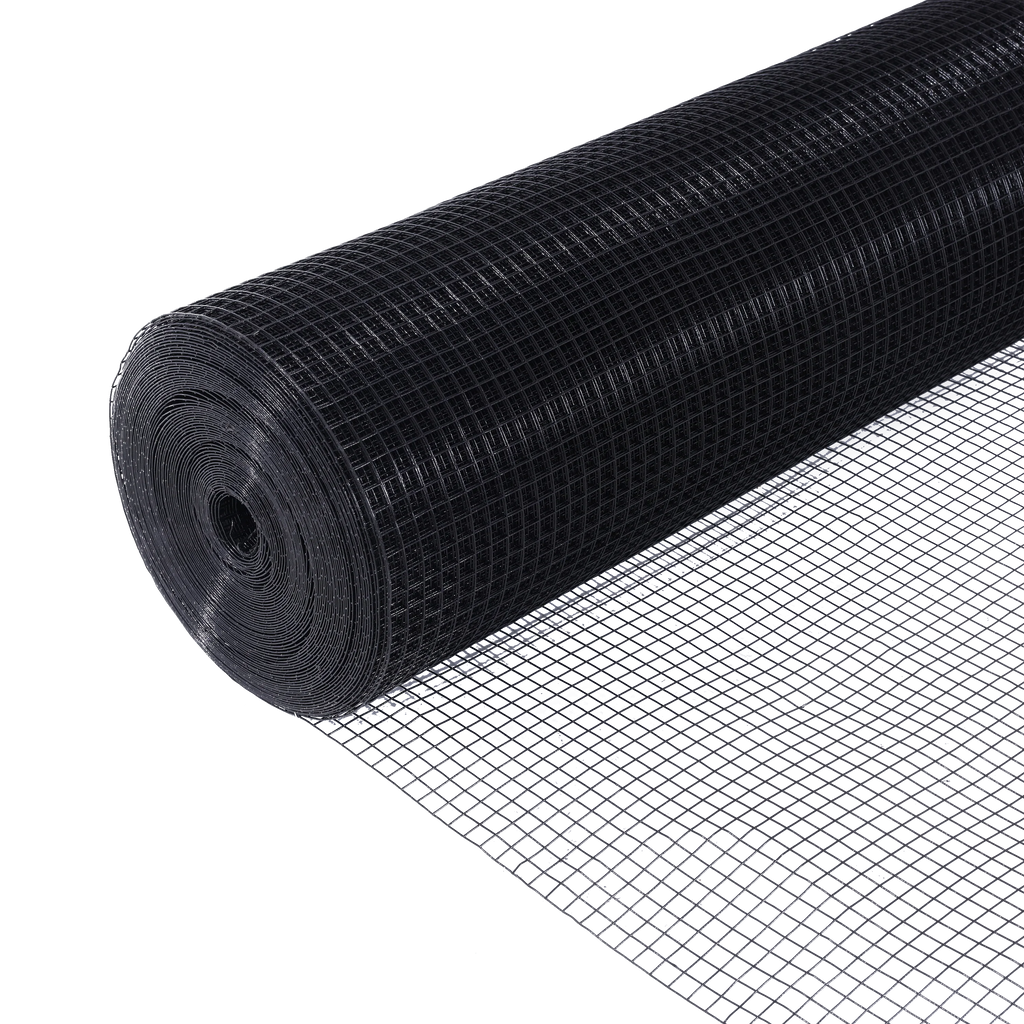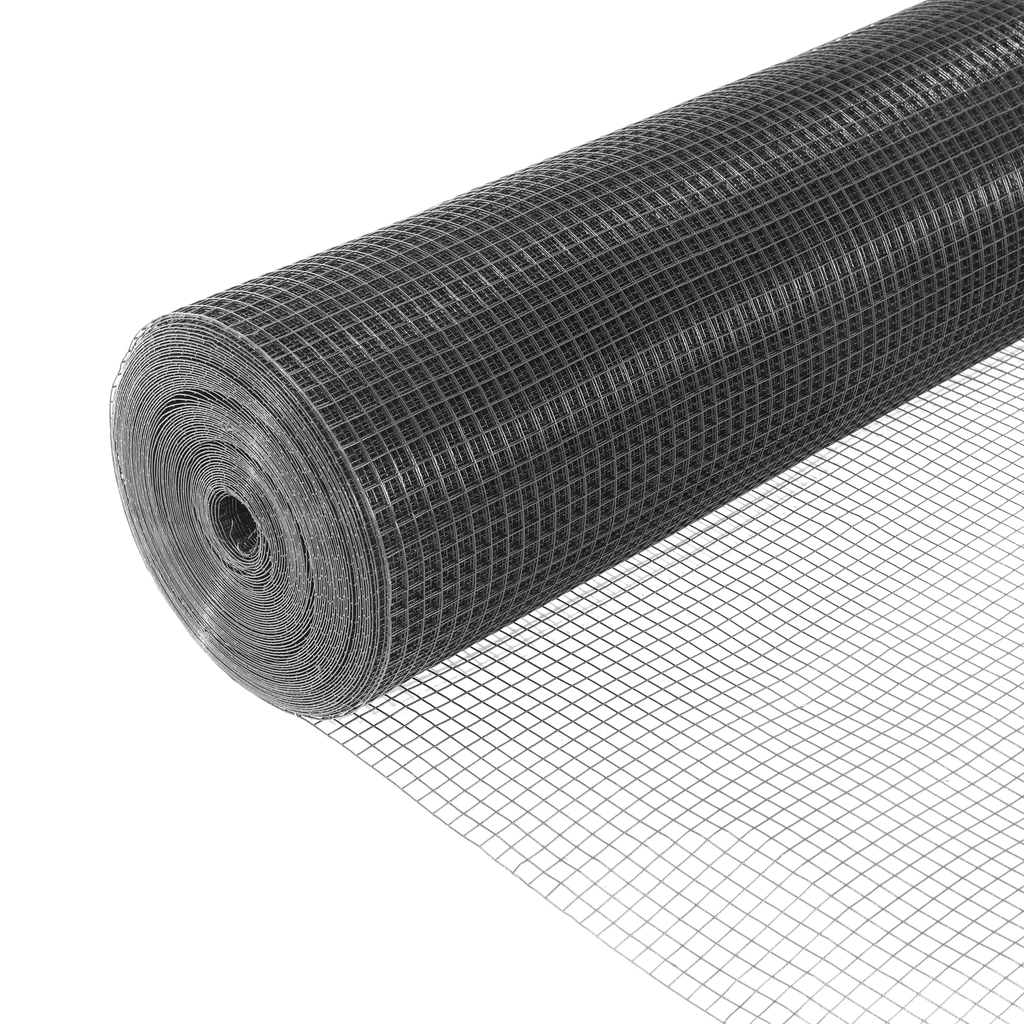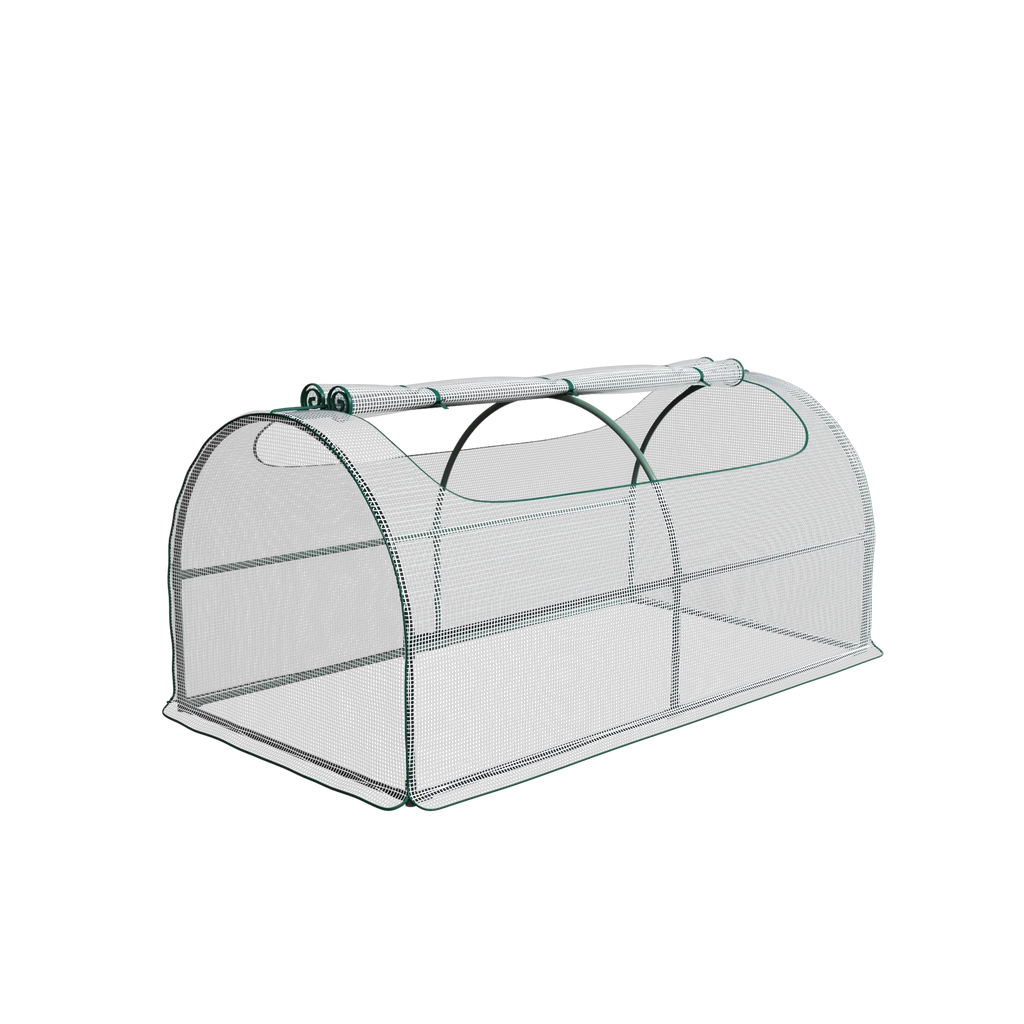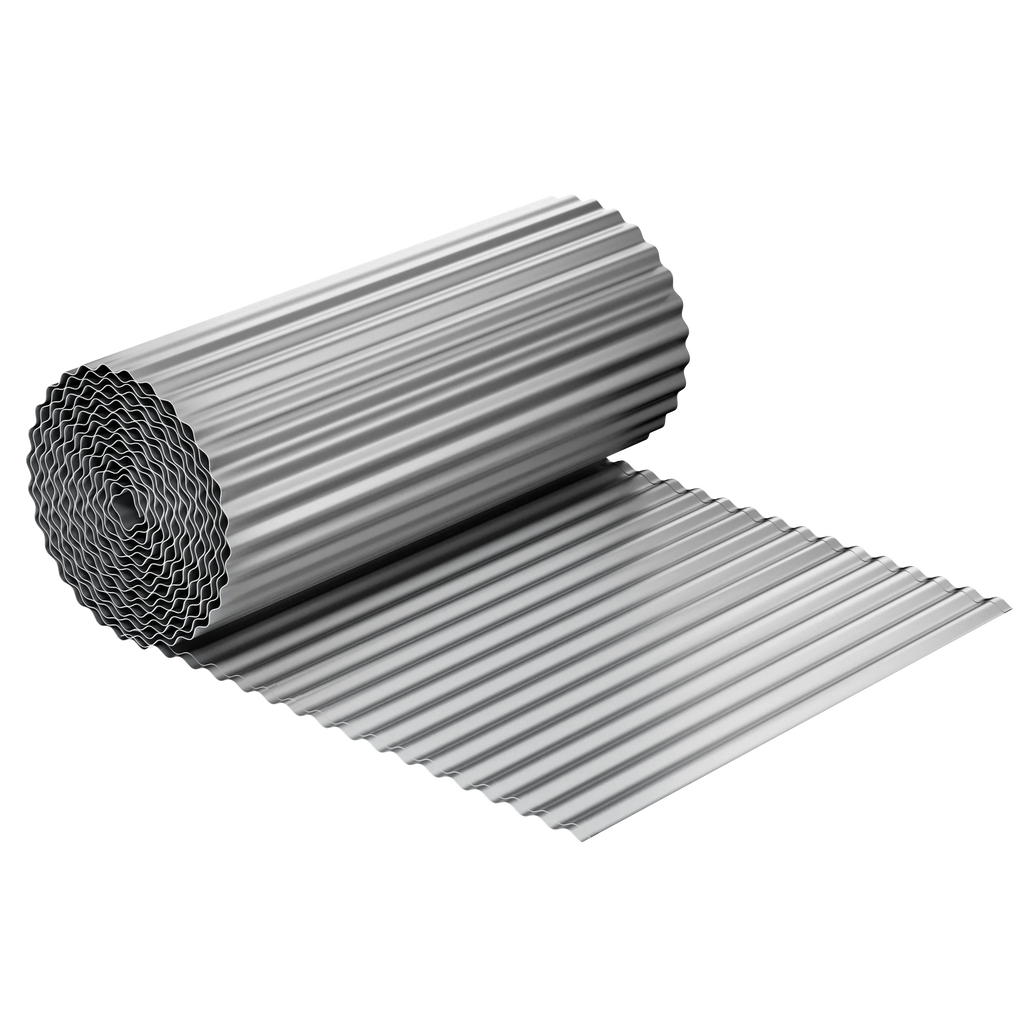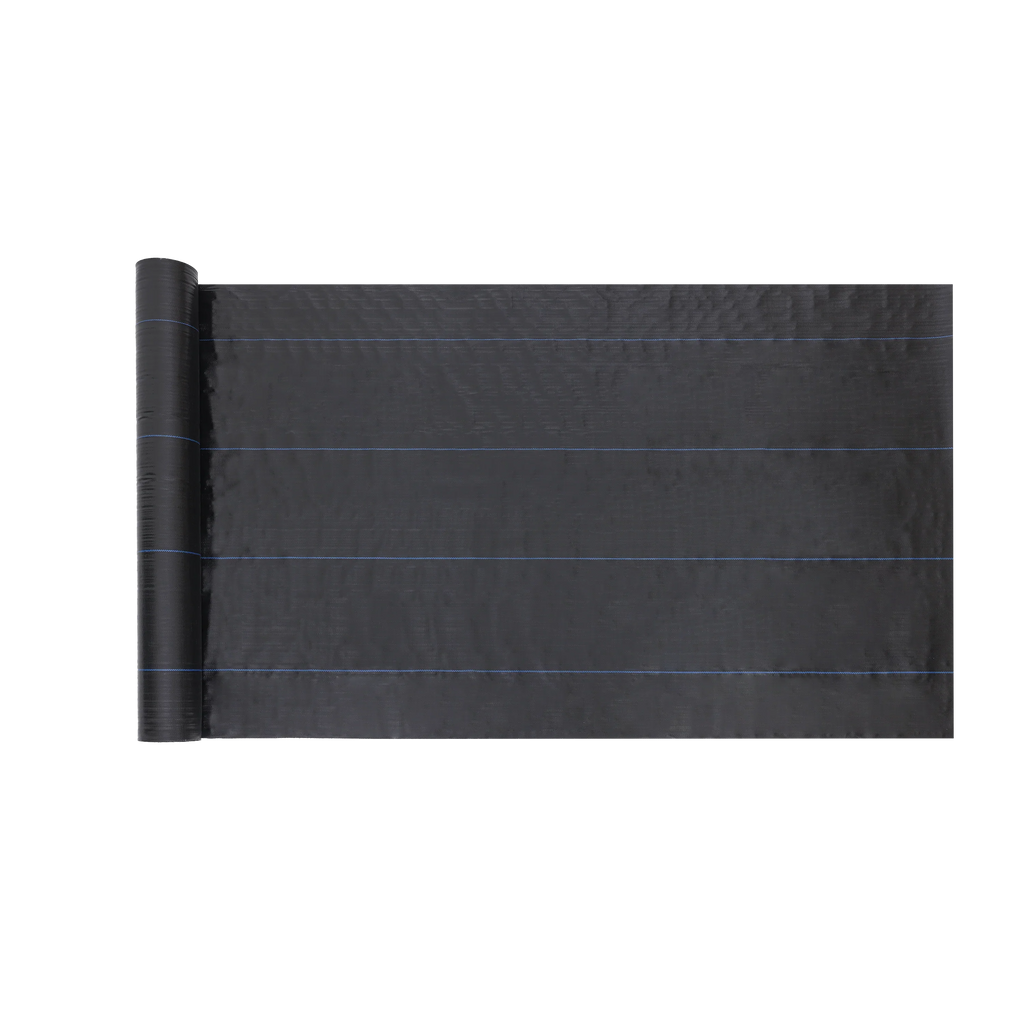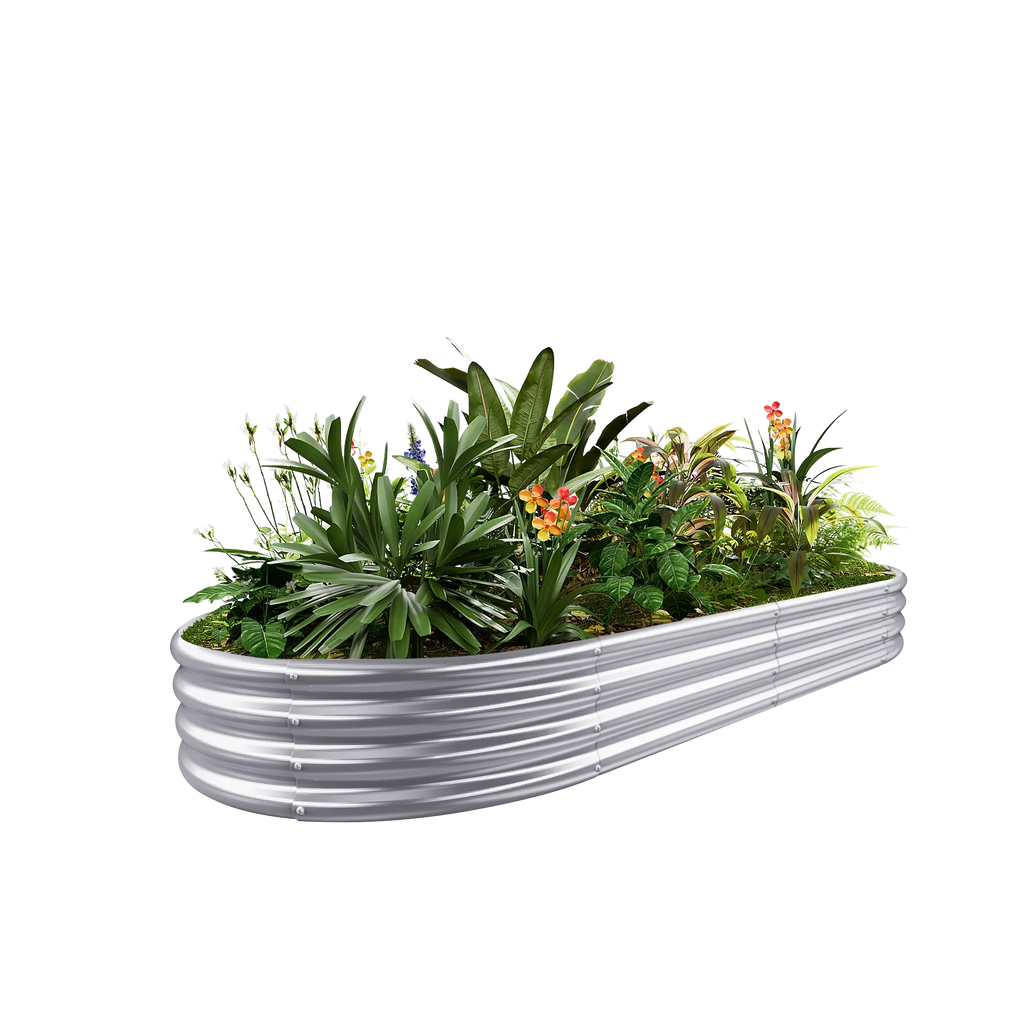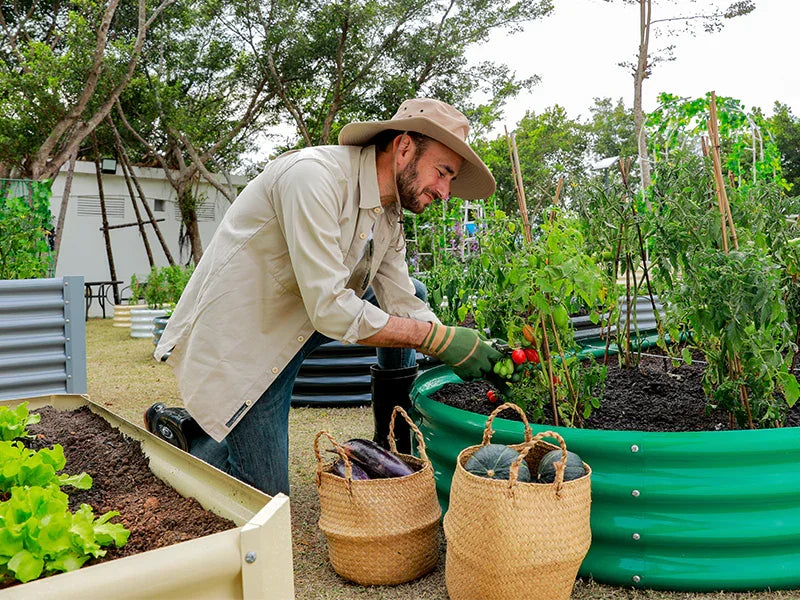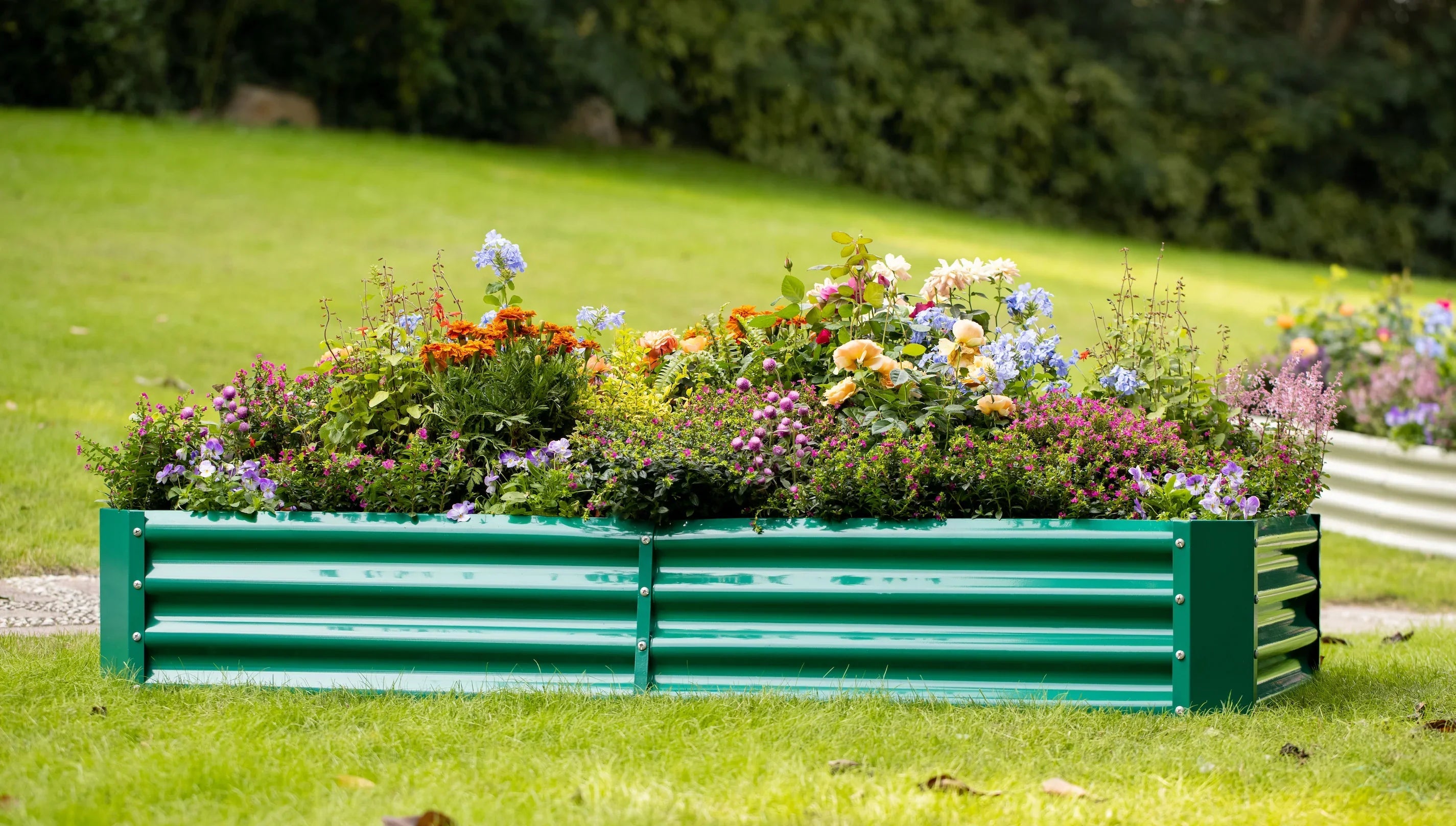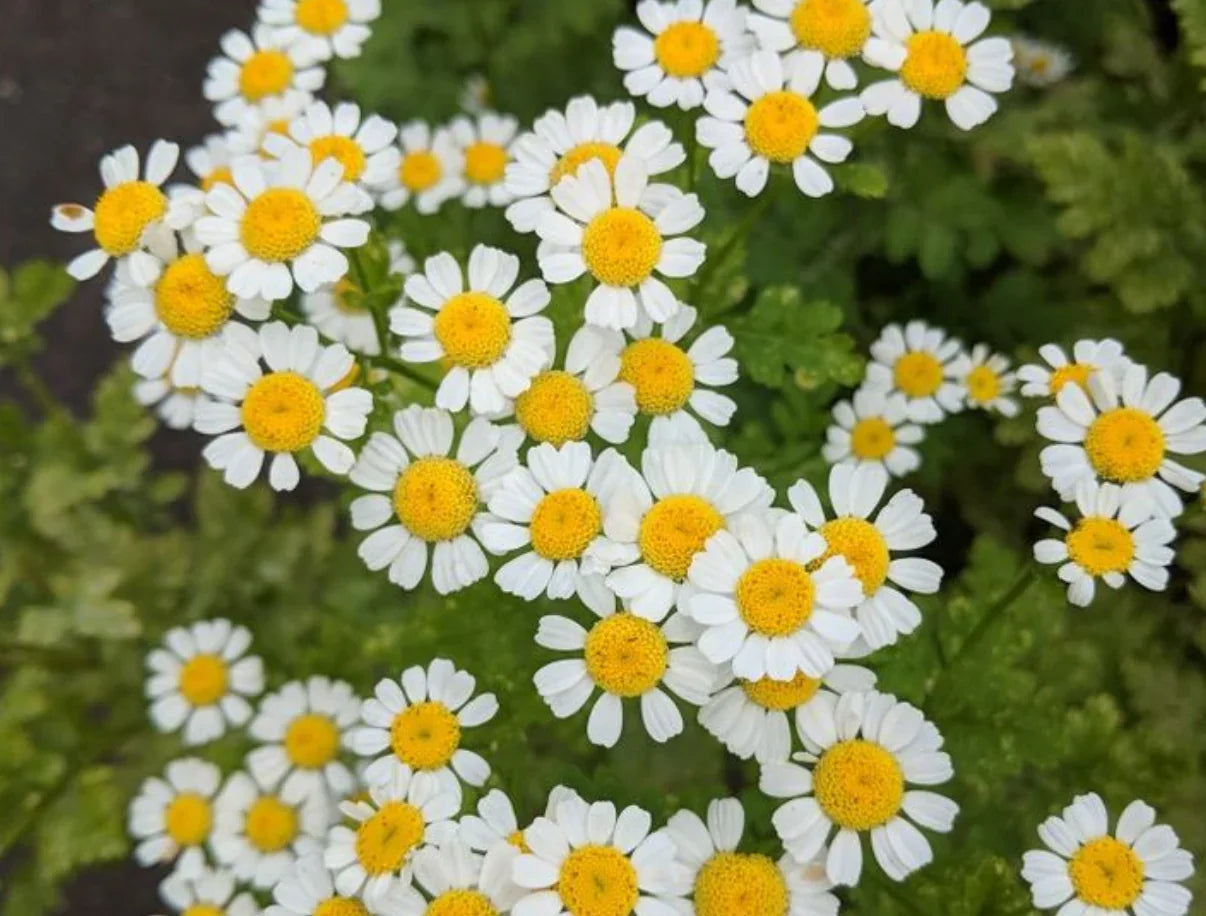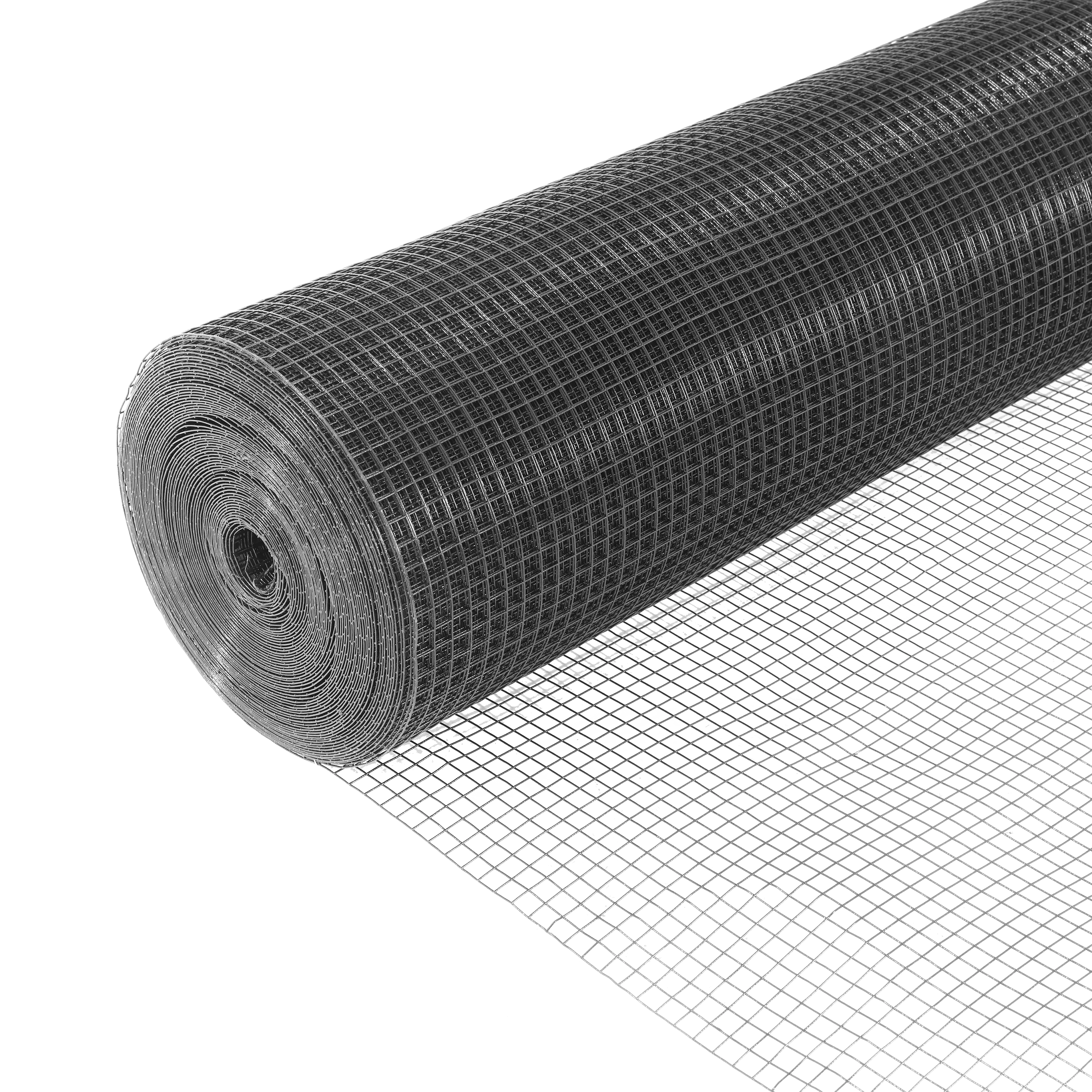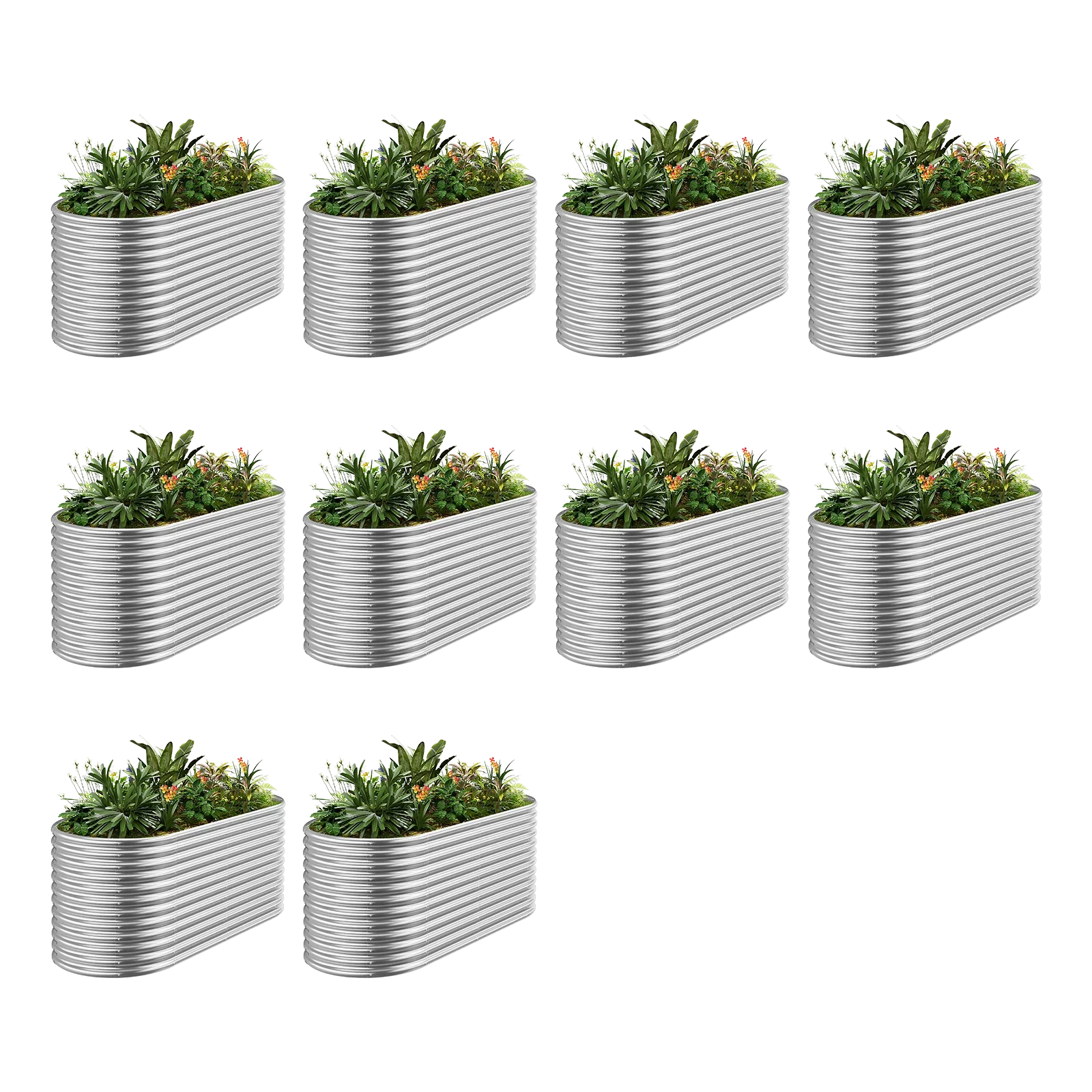Raised garden beds are a game-changer for growing healthy, thriving plants. Whether you’re cultivating flowers, herbs, or vegetables, the magic starts with the soil. Proper soil preparation sets the stage for strong roots, lush growth, and a plentiful harvest. If you’re wondering how to get it right, don’t worry—this guide will walk you through the steps to create the perfect soil mix for your raised beds, with tips that work for beginners and seasoned gardeners alike.
Why Soil Is the Key to Success
Unlike in-ground gardens, raised beds give you full control over the soil. You’re not stuck with whatever’s in your backyard—you get to build it from scratch. Good soil delivers nutrients, retains water, and gives roots room to breathe. Get it wrong, though, and your plants might struggle to grow or produce. The effort you put into preparing your soil pays off with healthier plants and less frustration down the road.

How to Prepare Soil for Raised Garden Beds
Here’s a simple, step-by-step process to get your soil ready:
· Lay a Solid Foundation
If your raised bed sits on grass or a weedy spot, start by putting down a layer of cardboard or landscape fabric. This blocks weeds from creeping up into your bed, keeping the soil clean and nutrient-rich for your plants.
· Mix the Perfect Soil Blend
A great starting point is 60% topsoil, 30% compost, and 10% something light like peat moss or coconut coir. Topsoil gives structure, compost brings nutrients, and peat or coir keeps the mix loose and well-draining. You can buy these or use what you have—just aim for balance.
· Boost It with Organic Matter
Toss in some well-rotted manure, leaf mold, or homemade compost—about 20-30% of your total mix. This stuff is gold for your garden. It feeds the soil, holds moisture, and invites helpful microbes to join the party.
· Check and Tweak the pH
Most plants love a pH between 6.0 and 7.0—slightly acidic to neutral. Grab a soil test kit from a garden store to see where yours stands. If it’s too low, add lime; if it’s too high, mix in sulfur. This small step makes a big difference in how well your plants take up nutrients.
· Add a Slow-Release Fertilizer
Before planting, sprinkle in a balanced fertilizer, like a 10-10-10 (equal parts nitrogen, phosphorus, and potassium). Go for a slow-release type so your plants get a steady supply of food all season long.
· Loosen and Level It Up
Grab a rake or use your hands to break up clumps and smooth out the surface. Loose soil lets roots spread easily, and a level bed makes planting a breeze.
Pro Tips for a Thriving Garden
· Keep It Light: Don’t step on the soil after you’ve prepared it—compaction is the enemy of healthy roots.
· Mulch It: After planting, add a 2-3 inch layer of straw, wood chips, or bark. This locks in moisture and keeps weeds at bay.
· Water Well: Give the bed a deep soak after planting to settle the soil and kick things off right.
Wrapping It Up
Setting up soil for a raised garden bed takes a bit of effort, but it’s worth it. With the right mix, you’re giving your plants a cozy, nutrient-packed home where they can thrive. Gardening is all about trial and error, so don’t be afraid to tweak things as you learn what works for your space. Get your hands dirty, and enjoy the rewards of a flourishing garden!


